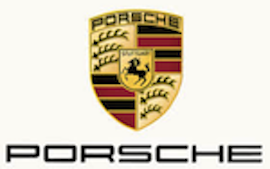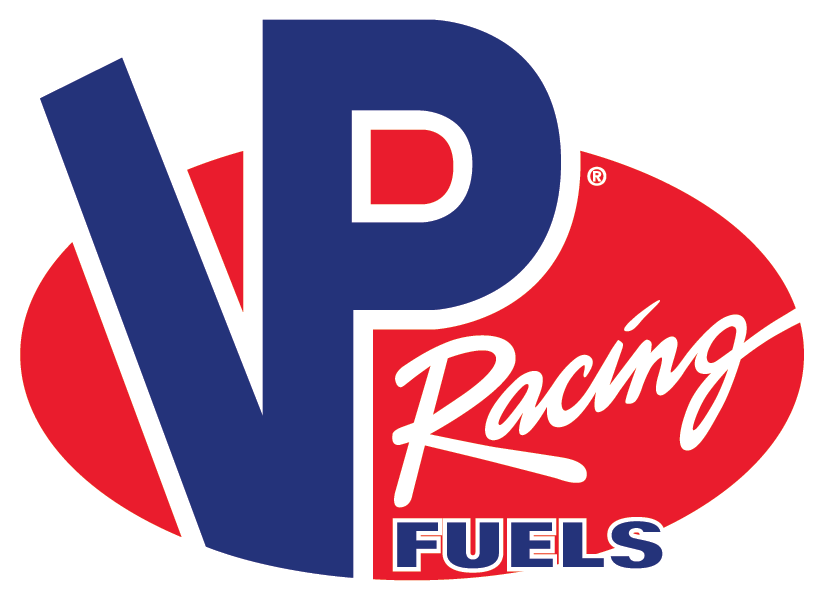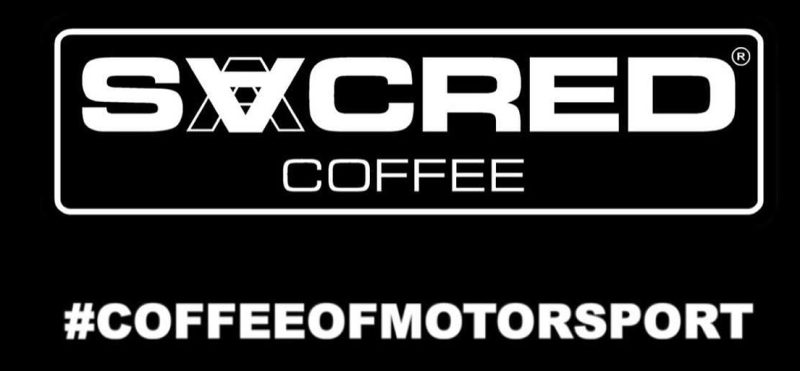“The Pontlieue hairpin that pierced the eastern suburbs of Le Mans was amputated after the 1928 24 Hours. The organizers declared that the hairpin was too dangerous and built a road linking the pit straight to Hunaudieres with two nearly right angle turns. It reduced a lap from 10.3 to 10.153 miles and the drivers grumbled and complained that all their sums required recalculation. With the stroke of a pen all existing records were made meaningless. But the chirping resident denizens of Pontlieue were mollified.
The important components that made Le Mans what it was did not change. Specifically the Bentleys were back in the sort of force only Bentley could muster. W.O.’s big green cars comprised 20 per cent of the entries and were led by the brutish new Speed Six: W.O.’s first six, a muscular 6.5 liter (or 1.0995 liters per cylinder) originally created to do showroom battle with Sir Henry Rolls’ Phantom. But W.O. eased the big six into a short wheelbase sports model and assigned the beast to 1928 winner and Le Mans sophomore Woolf “Babe” Barnato and Brooklands graduate “Tim” Birkin.
Two of the remaining quartet of 4 ½ Bentleys were supercharged. The “blowers” were not official works entries but sounded every bit as serious and purposeful as they looked. Search no further than the proud badge of the BRDC to enjoy a sense of what it was like to tangle with the Bentley Boys: simply imagine the BRDC escutcheon as the view from a fender-mounted mirror to get the full and proper effect of what it was like to race at Le Mans against the lads from Bentley Corner on Grosvenor Square.
On Wednesday morning Birkin’s 200 hp works Speed Six snuggled up to the existing lap record for the old circuit with an informal 78 mph pass (on open roads). One of the 4 ½ s notched a 73 mph lap in the heat of the same afternoon, and neither of the Welwyn-modified “blower” 4 ½s had arrived from England. On Thursday, the ACO closed the road allowing official practice to commence.
The American contingent was the best yet. Three supercharged 5.3 liter Stutz Blackhawks with supercharged four-valve straight-eights (this time wearing 4-speed gearboxes), a 5.3 litre Du Pont and a pair of tidy white four-liter Chryslers. There were no large displacement cars from France so the English-speakers were left to fight for the overall win.
With clouds squatting on the Sarthe circuit four o’clock saw the drivers in rain gear and, in many cases, full trench coats as the ritualized hood raising portion of the Le Mans start had been discarded. The 4.5 Lagonda was first away but blotting out all other exhausts was Birkin’s Speed Six which was already in front when the field went under the pedestrian bridge.
Seven minutes and 57 seconds later Birkin was back posting an eye-popping 76 mph lap from a standing start. Birkin’s next tour on the Speed Six was a 7:44 lap just in case anyone missed the point. Birkin erased his 1928 lap record before dusk with a tour just under 80 mph and the whole thing became a bit processional, unless one owned a stop watch which allowed hours of nonstop eyebrow exercise as the Bentley’s assaulted the record book.
Arch record breaker Col. George Easton shadowed Bentley’s leading four-car train in the contented Stutz until the first pit stops at 20 laps, which, speeds being what they were, came much sooner than traditionalists were accustomed. As did the conclusion of each pit stop. Kidson, on the number-nine Bentley, was the most animated, ambitious and capable, refueling in just over two minutes before sending co-driver Jack Dunfee back into the fray.
Le Mans’ 80-mph barrier went away before dusk as Birkin was again in the Speed Six, though he had somehow refrained from a lap at maximum effort. Other British cars weren’t so lucky. The Lagonda, first away at 4:00 p.m., was out after just 28 laps with disintegrating gaskets. While a new gasket could be installed, coolant could not be replenished before the 40th tour and the two-liter was parked.
After nightfall the Brisson/Chiron Stutz was stuttering with fuel feed problems. Then a scheduled Stutz pit stop became an inferno as gasoline found its way to the exhaust pipe. Brisson was seriously burned and taken away in an ambulance but Louis Chiron, steeling himself to drive the remainder of the 24 hours solo, climbed into the black and charred mess and rejoined. A slipping clutch ultimately made his quiet heroics unnecessary.
The Stutz Col Easton shared with Dick Watney lasted another four hours and made the black number-six the final car to retire. The Bentleys ran in line astern formation with the sole surviving Stutz of Bouriat and Phillips just ahead of the regular and relentless Chryslers.
The fast green train showed little sign of weakness until the halfway point when the number-five Stutz began to creep toward Dr Benjafield’s car that had pitted from fourth place. A burst of excitement surrounded the American pursuit when Benjy’s number-nine Bentley refused to start. He kicked the battery boxes and coaxed the 4 ½ back to life but, the Stutz and Chryslers had crept yet closer.
By the end of the 13 hour the Benoist/Stoffel Chrysler had eased into fourth position displacing Benjafield’s 4 ½. An hour later the white American car was up to third after a brake problem hobbled the number-eight Bentley. But the big Speed Six was in control of the race and the Chrysler finally pitted long enough for transmission troubles to restore total Bentley domination at the front of what had become just a ten car field.
At 3:45 p.m. the Bentley quartet slowed dramatically and arranged themselves in parade formation. This finish presaged the commercial efforts of the 1960s and made a strong impression on fans and manufactures alike. The extraordinary performance of the Bentleys had summoned the vocal exuberance of the well lubricated British fans. Hundreds had packed the tribune and cheered on the Bentley team with all the vigor found at a modern football match, spelling the name and shouting and singing “BENTLEY! BENTLEY!”
It was dignified, but nonetheless a purely theatrical show of commercial and engineering force and an admission that victory at Le Mans is as good as any championship season would become.
Birkin’s co-driver Woolf Barnato won his second consecutive 24 Hours and Bentley their fourth, including a simultaneous victory in the Rudge-Whitworth Cup. The second place Dunfee/Kidston 4 ½ won the 3000-5000 cc class. The Peacock/Newsome Lea Francis S won the 1100-1500 cc class with a fine eighth overall. American cars were fifth-sixth and seventh: Stutz, Chrysler, Chrysler. And Henry “Tim” Birkin was the fastest man at Le Mans with a lap of 7:21 on the new 10.153 mile circuit.
The Roaring Twenties had just five months to live.
“










